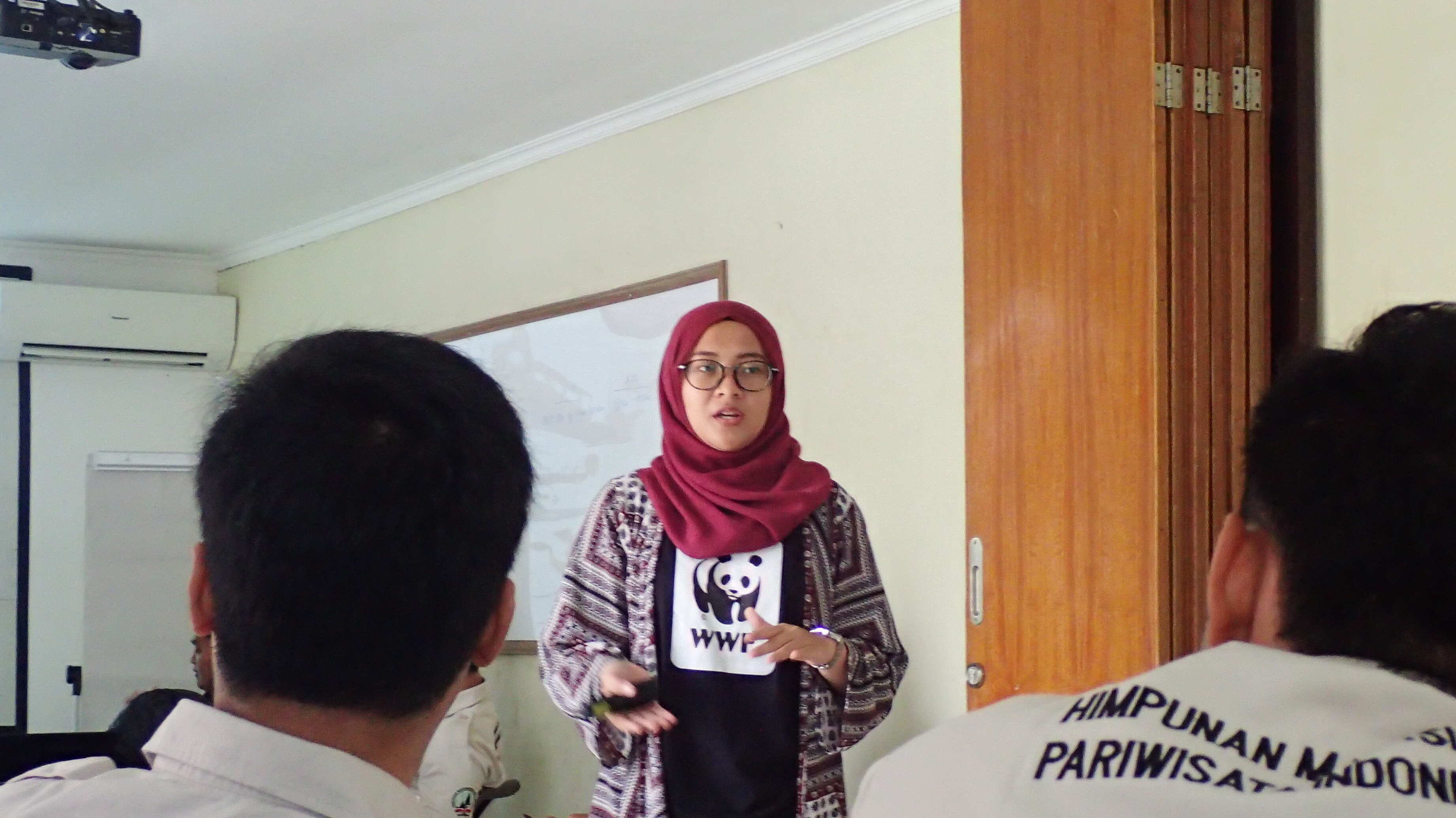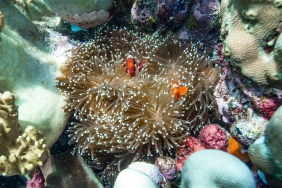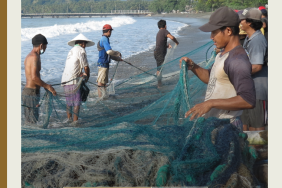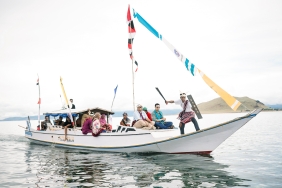IMPLEMENTATION OF SHARK AND RAY RAN IN INDONESIA HAS ENTERED ITS THIRD YEAR
The implementation of the National Action Plan (NAP) for sharks and rays has been carried out since 2010 and is updated every 5 years. This national-level planning document has been updated twice, and currently the implementation of the NAP as an ongoing national strategy is included in the Shark and Ray NAP document for the 2016-2020 period.
The Directorate of Marine Biodiversity Conservation, Ministry of Maritime Affairs and Fisheries (KKP), supported by CI Indonesia, WWF-Indonesia and WCS Indonesia Program, again documented the implementation of shark and ray management that has been running for 3 years from 2016-2018. The implementation of the activity invited various directorates within the KKP, P2O LIPI and other non-governmental organizations which were held on April 11-12, 2019 at the Sahira Pakuan Boutique Hotel, Bogor.
Andi Rusandy, Director of KKHL-KKP, in his presentation as well as opening this activity said that the shark and ray management policy material carried out can be a role model for monitoring and evaluating the implementation of the NAP for 15 other aquatic species NAP documents that have been published by KKP. Matters documented are adjusted to the NAP work plan matrix, in the context of sharks and rays information related to national and regional policies, strengthening data and information, strengthening the capacity and institutional work of the Working Group are themes that have been documented in this meeting.
National policies that have been published are the Permen 61/2018 policy on the utilization of protected fish species and / or fish species listed in the CITES (Convention on International Trade in Endangered Species of Wild Fauna and Flora or convention on international trade in threatened species of wild plants and animals) appendices, other matters submitted are the extension of the export ban policy for sharks and rays included in the CITES ratification list and the preparation of NDF (Non detriment finding) documents for silky sharks and hammerhead sharks.
Other achievements related to strengthening data and information on shark and ray fisheries have been carried out through the collection of shark and ray landing data from various ports, especially in the main shark and ray landing sites, development of research on the migration of whale sharks, manta rays, and rat sharks, development of shark bycatch mitigation technology with Electronic Shield System (ESS) and LED. Most of the national research has also been collected through the 2nd shark and ray proceedings in Indonesia.
Related to other conservation strategies are the protection of important shark and ray habitats that are encouraged at the local level, which includes shark and ray protection in West Manggarai Regency and tourism management in Komodo National Park, as well as shark protection in Aceh Jaya, which is currently in the stages of the Aceh Jaya Coastal Park Reserve and the Tatar - Sepang Lunyuk Coastal Park.
In ensuring capacity building in efforts to mitigate shark and manta ray bycatch, the Directorate of Fish Resources Management-KKP program encourages the existence of the Indonesian National Work Competency Standards (SKKNI) for monitoring on board fishing vessels and fish transport vessels which also accommodate competencies in handling and mitigating shark and manta ray bycatch. Within the KKP's internal work units, capacity building is widely carried out related to CITES applications for sharks and rays such as in guidance and technology (bimtek) on species identification techniques in monitoring catches, trade, to help identify product traceability.
It is hoped that in the remaining 2 years, the implementation of the NAP for sharks and rays can be achieved in answering national conservation targets. In the next 1 year, it is hoped that collaborative efforts can strengthen strategies related to strengthening policies for the protection of important shark and ray habitats at the national and regional levels, strengthening the implementation of CITES, updating white papers, strengthening databases, focusing on socio-economic studies of shark and ray trade, strengthening the capacity of security forces at several levels to institutionalize the shark and ray working group in supporting this implementation to continue to run effectively.





